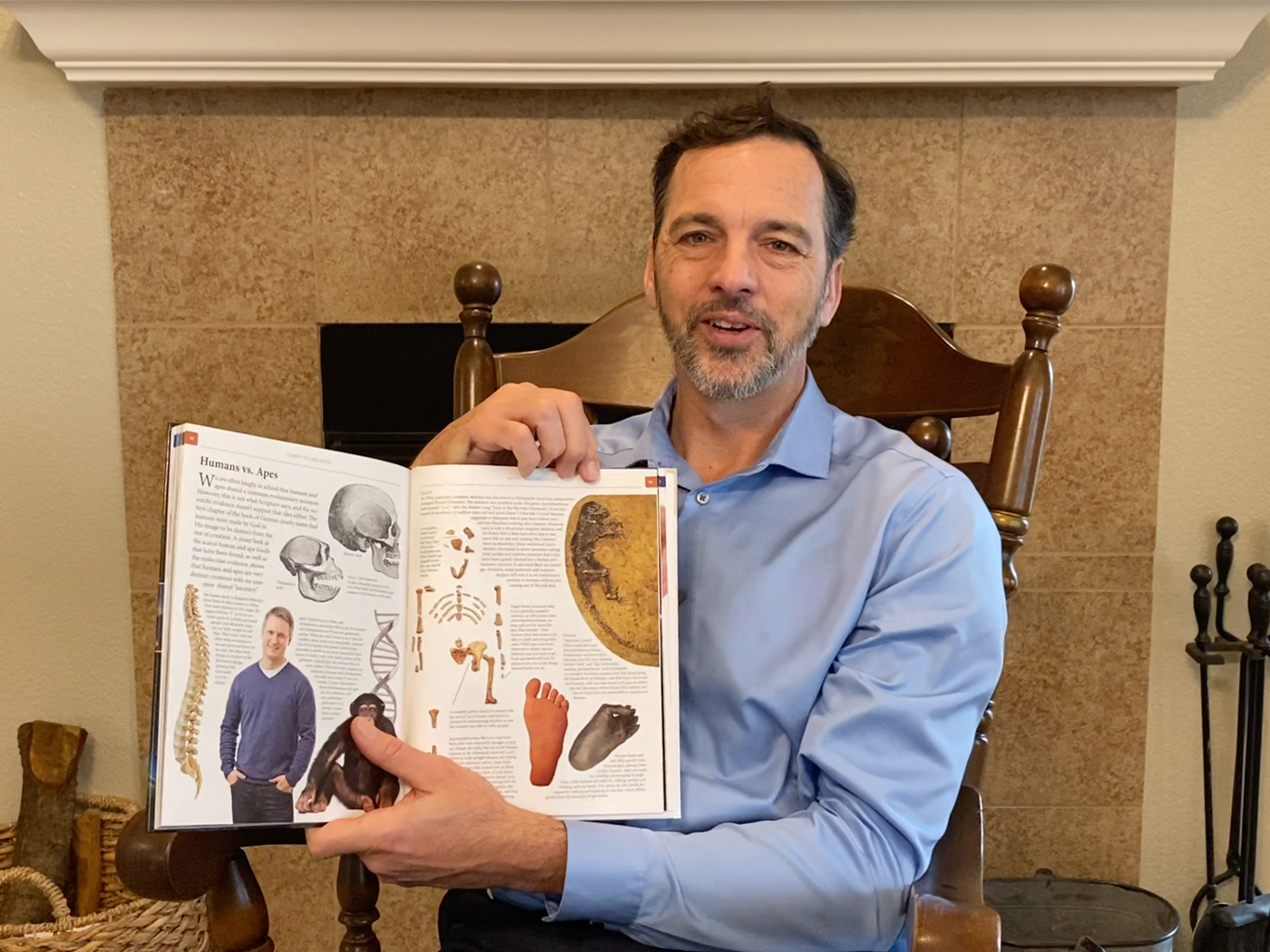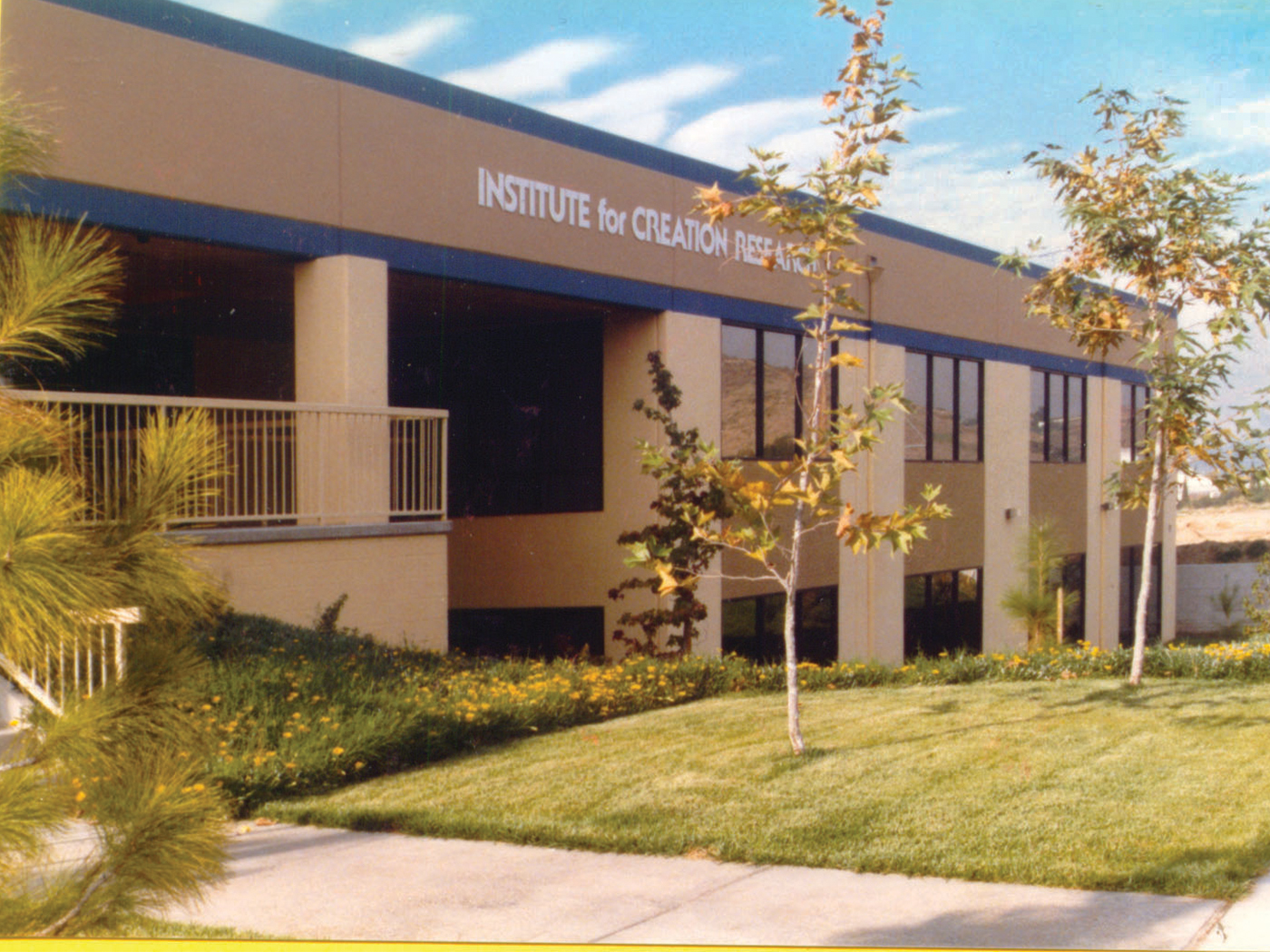A recent article by a team of paleontologists, led by Hesham Sallam, of Mansoura University, Egypt, claims to have found the Holy Grail of dinosaurs in the middle of Egypt.1 The Genesis Flood model easily explains this unique discovery.
The Genesis Flood model easily explains this unique discovery. ![]()
Co-author Matt Lamanna of Carnegie Museum of Natural History, Pittsburgh, said,
When I first saw the pics of the fossils, my jaw hit the floor. This was the Holy Grail—a well-preserved dinosaur from the end of the Age of Dinosaurs in Africa—that we paleontologists had been looking for a long, long time.2
Until this discovery, dinosaurs from the Upper Cretaceous strata were lacking across much of Africa. This discovery of a long-necked dinosaur (sauropod) was the first to fill that gap. The specimen was found in the Western Desert of Egypt in a rock unit called the Quseir Formation.1
But have they really found a dinosaurian Holy Grail? The multi-university team of secular paleontologists claims this discovery fills a missing time period where previously no dinosaur fossils had been found in Africa.1 They also found that this dinosaur, called Mansourasaurus shahinae, matched most closely with other sauropod dinosaurs from Europe and Asia. They concluded that dinosaurs were still able to travel from Eurasia to Africa at this point in Earth history.
Although this dinosaur skeleton is the most complete specimen from the Upper Cretaceous rocks of Africa, it only contains about 25 bones and scattered bone fragments, mostly ribs, neck vertebrae and front leg bones.1 The bones were found spread across an eight square meter area that was elongated in a NE-SW direction.
In the Flood model, this unique fossil find is easily explained. The dinosaur was likely transported into position by tsumami-like waves—torn apart and fragmented in the violent process. The apparent direction of transport was NE-SW, parallel to the spreading direction of the bones.
The authors also failed to describe the geology of the site, mentioning only that the bones were found in the Upper Cretaceous Quseir Formation.1 Other studies to the east of this site show that the Quseir was deposited in a marine environment and contains minerals like phosphate and fossils indicative of an open ocean.3,4 Still other studies found pollen and spores from terrestrial plants, as well as fishes, crocodiles, turtles, lungfish, and other dinosaurs in this same rock unit.5 In other words, a mixing of life from land and ocean environments which is so common in the rock record and strongly indicative of a global flood.6
In addition, to the north and across Europe, dinosaurs from similar Upper Cretaceous strata are most commonly found buried in marine sediments, like chalk and limestone beds.7
A global Flood sweeping dinosaurs out into ocean environments and/or mixing with other land animals and plants best explains the fossil record. ![]()
Did this discovery really demonstrate that dinosaurs were able to travel back and forth from Europe to North Africa in the Cretaceous, as secular science proposes? Or is this simply another artifact of rapid and catastrophic transport and burial of a dinosaur carcass, mixing it with other fossils from both the land and sea? The evidence indicates the latter solution is the most plausible. A global Flood sweeping dinosaurs out into ocean environments and/or mixing with other land animals and plants best explains the fossil record—we see this mix of land and sea fossilized creatures all over the world. This discovery is no different.
References
-
Sallam, H. M. et al. 2018. New Egyptian sauropod reveals Late Cretaceous dinosaur dispersal between Europe and Africa. Nature Ecology & Evolution. DOI: 10.1038/s41559-017-0455-5.
- No Author. New Egyptian dinosaur reveals ancient link between Africa and Europe. Article posted on phys.org January 29, 2018, accessed February 12, 2018.
- Soliman, M. A. et al. 1986. Sedimentologic and tectonic evolution of the Upper Cretaceous-Lower Tertiary succession at Wadi Qena, Egypt. Sedimentary Geology. 46 (1-2): 111-133.
- Ciobota, V. et al. 2013. Raman investigations of Upper Cretaceous phosphorite and black shale from Safaga District, Red Sea, Egypt. Spectrochimica Acta Part A: Molecular and Biomolecular Spectroscopy. 118 (C): 42-47.
- Claeson, K. M. et al. 2014. A revision of the Upper Cretaceous lepidosirenid lungfishes from the Quseir Formation, Western Desert, central Egypt. Journal of Vertebrate Paleontology. 34 (4): 760-766.
- Clarey, T. 2015. Dinosaurs in Marine Sediments: A Worldwide Phenomenon. Acts & Facts. 44 (6): 16.
- Csiki-Sava, Z. et al. 2015. Island life in the Cretaceous-faunal composition, biogeography, evolution, and extinction of land-living vertebrates on the Late Cretaceous European archipelago. ZooKeys. 469 (4474): 1-161.
*Dr. Timothy Clarey is Research Associate at ICR and earned his doctorate in geology from Western Michigan University.
Stage image credit: Copyright © 2018. Used in accordance with federal copyright (fair use doctrine) law. Usage by ICR does not imply endorsement of copyright holder.























